IoT Cloud Application Development
In an IoT deployment of significant complexity, the ecosystem is usually cloud-based. Cloud computing encompasses the following characteristics that sets it apart from distributed computing technologies:
- Ability to scale up and down
- Utility based pay-as-you-go model
- Security
- Provision of self-service
- Application Programming Interfaces (APIs)
- Performance measurement
Reduced capital expenses and business agility are some of the main business drivers behind the rapid adoption of IoT cloud application by industries and enterprises.
With industry experience spanning 13+ years, Embitel has been at the forefront in the deployment of secure IoT solutions with cloud computing at the core.
IoT Cloud Application – Architecture
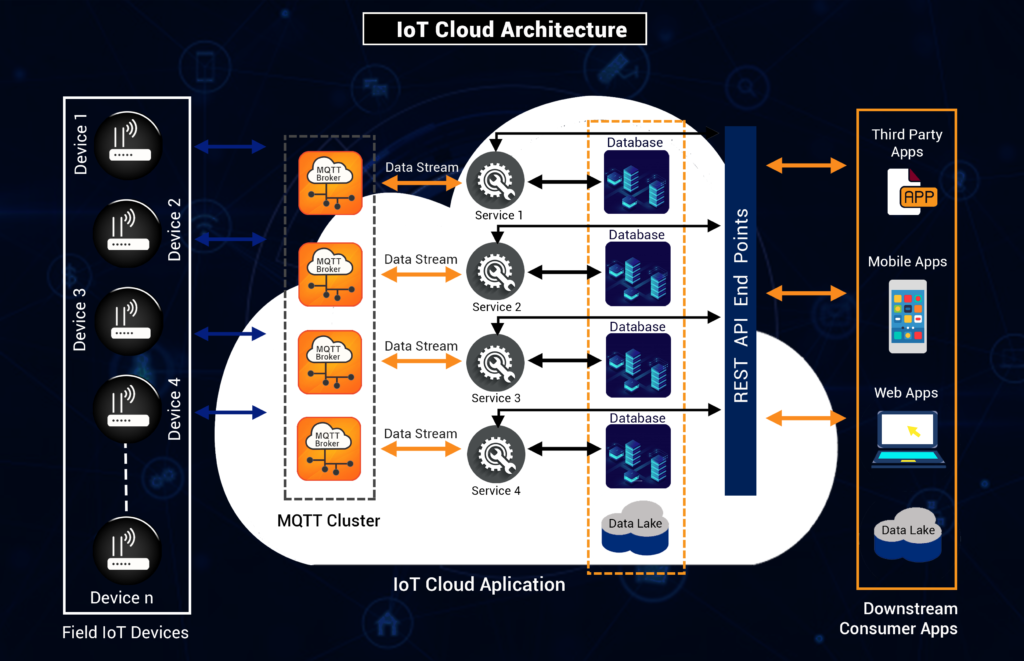
An IoT cloud hosts the following essential components:
- IoT Cloud Application, loaded with APIs and other interfaces, to push and pull the data/commands to & from the IoT sensor nodes/devices and downstream applications.
- IoT Integration Middleware, such as an MQTT Cluster, that receives information from the sensors and transmits it to the cloud services for processing. The MQTT broker ensures that there is no data loss and establishes asynchronous communication between IoT devices and cloud services.
- Databases, Security Patches and other Software/Algorithms to provide the necessary infrastructure.
- Analytics Engine – Relational Databases, Machine Learning and AI software algorithms.
- Integration with IoT based mobile/web/desktop applications or downstream Business Intelligence apps.
IoT Cloud Application Development Services
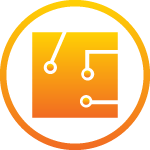
IoT Sensor Nodes & Cloud Interface Development
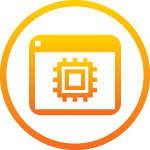
Database Design and Data Management
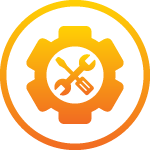
End-User IoT Application Development
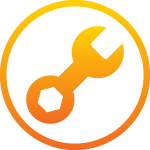
Analytics and Reporting
Best Practices for Developing a Robust IoT Cloud Application
Cloud Database Design Considerations – Points to Note
- Implement a secure protocol between the IoT device and the cloud platform to ensure that there is no data loss.
- Based on use case, you can develop machine learning algorithms for time series analysis of data and report generation. These specifics should be identified during the database design phase.
- Determine the length of time the collected data needs to be stored. This is a crucial aspect to be considered when designing the database.
- Incorporate No SQL database for improved scalability and superior performance. If there is a requirement to collect data on device stage changes, SQL database is more reliable.
Meet Our IoT Leaders
FAQs Regarding IoT Cloud Application Development
-
A. After developing an in-depth understanding of the problem statement and project requirements, we partner with our customers based on the following engagement models:
- Fixed Cost Model: The Development & Deployment of IoT cloud application is done based on a pre-agreed fixed cost.
- Time & Material (T&M): The billing for development and deployment of the application is calculated based on the estimated number of man-hours, and infrastructure costs.
- Post-deployment support: We also engage with our customers for 24×7 post-deployment support. This can include the following:
- Support for post-production issues , the change requests (CR), feature enhancement requests, and software/security patch updates.
- 24*7 monitoring and maintenance of the system.
-
A. Our Cloud Application Solution for IoT projects is designed based on a multi-level security approach that includes:
Device Side Security: This is ensured through Root CA (Client Authentication) certificate that helps in verifying the source before any network connection is established between the server and any IoT device.
In addition to this, device IDs’ of each device are matched against an authentication device list, which is maintained by the server to ensure that only trusted devices get access to the data.
Cloud/Server Side Security: This is implemented using the Role Based Server Access management. This helps in streamlining the server data access based on user’s role and corresponding permission levels.
Network Security: Each interaction between the cloud and an IoT device within the network is secured using advanced encryption mechanisms ( SSL, HTTPS).
-
A. Yes. Based on your business requirements, we can configure our IoT Cloud Application to store and process data for pattern learning, anomaly detection and more. Our team can help you in integrating advanced business intelligence dashboards and tools like Power BI, and Amazon Quicksight.
Additionally, we also offer support for generating real-time reports in various file formats including PDF, Excel, or CSV.
-
A. Our IoT Cloud Application solution is designed to cater to any future increase in number of connected devices as well as an increase in the data volume.
Usually, this is achieved by creating multiple instances of the database in a distributed environment, that helps in balancing the increase in load.
Additionally, we can also store the data in a non-relational database like NoSQL DBMS. A non-relational database uses a schema-less data management architecture which makes it easy to scale-up based on the business requirement.
-
A. Typically, a team developing IoT cloud application for IoT projects should have the following skillsets:
- Software skills like expertise in Python Scripting
- Cloud Platform development expertise
- Experience in DBMS
- Expertise in IoT communication protocols like MQTT, CoAP, HTTPS
- Expertise in Cloud security management
- Front –end UI/UX Design & Development Skills
- Hands-on experience in Software Testing
| Framework | Technology Type |
|---|---|
| Frontend | HTML5, CSS, Bootstrap, Javascript, Ajax, HighCharts |
| Scripting Language | Python, C#.Net |
| Web Framework | Python Based Django framework |
| Web server | Nginx, Microsoft IIS, Apache |
| DBMS | PostgreSQL, MariaDB, MySQL, |
| Cryptographic protocols | TLS/SSL |
| Security Services/ Encryption | HTTP and/or HTTPS |
| Communication Protocol | MQTT |
-
A. The following are some of the business benefits:
- When an IoT Application is hosted on a Cloud Server, your team will have the flexibility to manage the devices and the data from a remote location through a secure authentication process. This helps in enhancing the response time to any issue that needs immediate attention.
- Moving your application to the cloud offers scalability, which is limited when you are using a dedicated server. The pay-per-use business model of a cloud based server also ensures that a ramp-up doesn’t impact the bottom-line of the project.
- You can leverage cloud based tools and APIs that can help to optimize and improve the overall performance and simplify operations.























